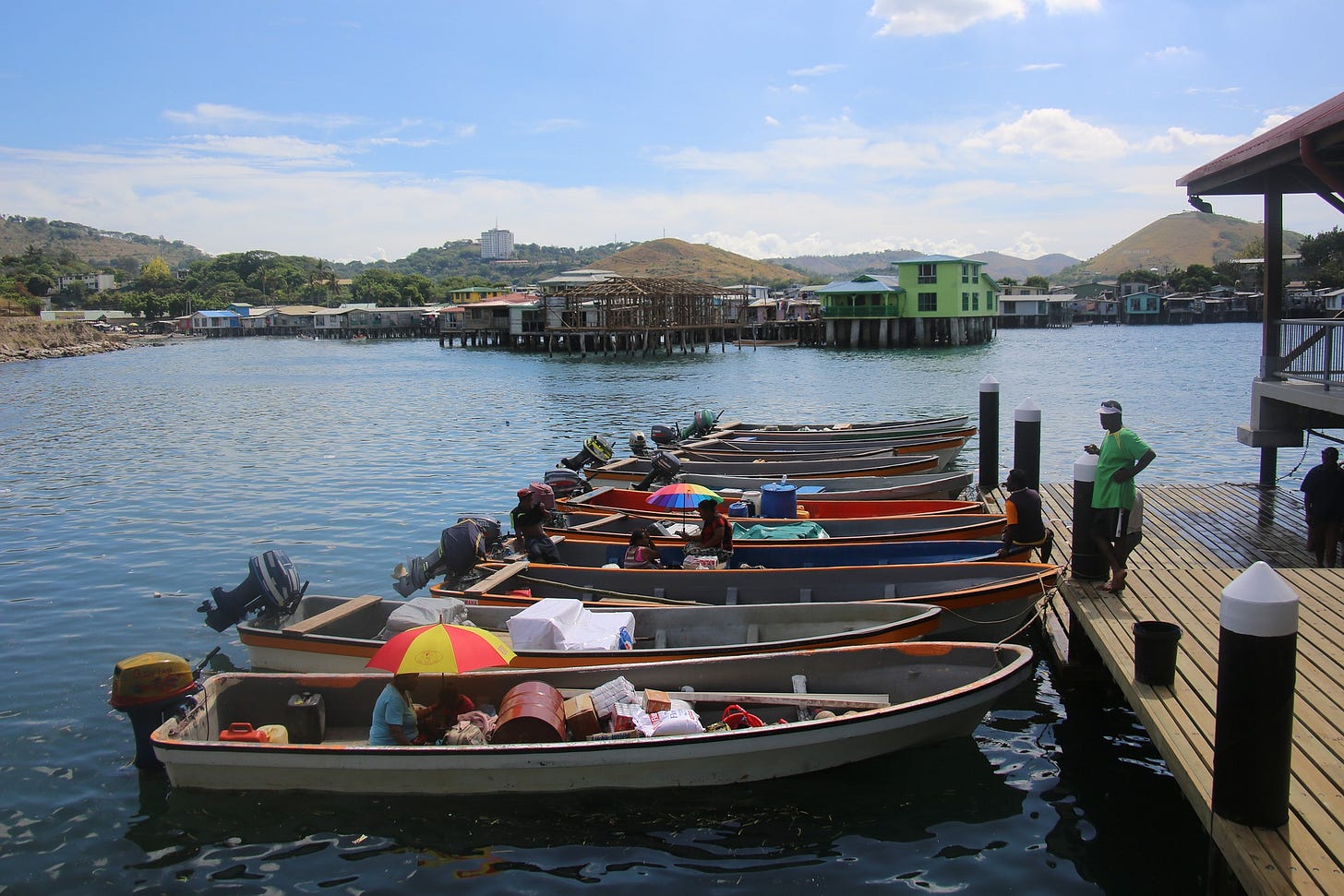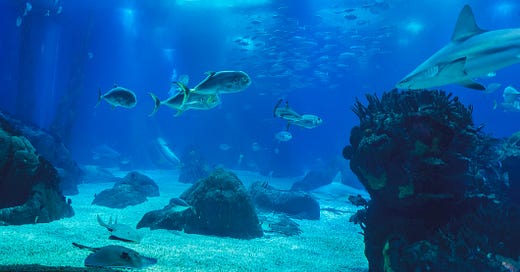Scraping the bottom of the barrel: deep-sea mining is risky business
Exploratory deep-sea mining in Papua New Guinea has put ecosystems, rare species, and livelihoods at risk. We hear from those calling time on its false promises.
As terrestrial mines are depleted, prospectors are scouring the seafloor for new sources of precious metals. Many have their sights set on polymetallic nodules – potato-sized lumps of minerals that develop on the seabed – which provide a number of rare earth metals used in technological components, from smartphones to solar panels.
Deep-sea mining involves extracting minerals from these nodules, as well as from hydrothermal vents on seabeds, and syphoning them from the ocean floor using specially designed robots, drills and hydraulic systems. They are then processed above ground.
Yet, a growing assembly of scientists has predicted severe consequences to harvesting these minerals - from a loss of biodiversity to a reduction in the ocean’s carbon-storing capabilities and, perhaps most significantly, the breakdown of vast, intricate marine ecosystems.
Despite this, in 2018, the UN's International Seabed Authority opened up 1.5 million kilometres of the ocean floor for exploration in the Pacific and Indian oceans. These sites - currently under leasehold to more than 30 contractors - are over 200m below the surface and are home to a host of unique species and unexplored habitats.

Why is deep-sea mining a cause for concern?
So far, this nascent industry has been fraught with issues: the world’s first deep-sea mining expedition, led by Toronto-based firm Nautilus Minerals, proved to be as unprofitable as it was destructive. In its initial stages, the Solwara 1 project bankrupted the company and left the Papa New Guinea government – which held a 30% stake - £89m out of pocket.
Nautilus became the first company to be issued a deep-sea mining licence in 2007, where it sought to mine copper, silver, gold and zinc in the Bismarck Sea, on the east coast of the island. The company developed underwater robots to access hydrothermal thermal vents, but the funding fell through before any minerals were successfully extracted.
During the exploration phase, large vessels scared away the shark population, whilst further concerns were raised over the potential for tectonic disruption, as the island has multiple active volcanos and is vulnerable to tsunamis.
Whilst Nautilus declared bankruptcy after failing to extract any minerals, its licences are still held by Nautilus Minerals Niugini – a subsidiary of Deep-Sea Mining Finance.
Other contenders in China, Belgium, Germany and France have also emerged since Nautilus’ collapse. Amongst these is The Metals Company (a start-up formerly known as DeepGreen) that plans to extract cobalt and other valuable metals in the Clarion-Clipperton Zone in the Pacific. The Metals Company was founded by a few familiar faces – most notably the former CEO of Nautilus Minerals.
Resistance is mounting
If unopposed, deep-sea mining in international waters is predicted to begin by 2025, but this has been met with local resistance.
The Alliance of Solawara Warriors – made up of residents of the Bismarck and Solomon seas - is calling for a ban on deep-sea mining in nearby waters. Since 2009, it has worked alongside West Coast Development Foundation, mobilising communities, staging protests, organising petitions and taking legal action against Nautilus Minerals.
Growing disillusionment towards deep-sea mining is also reflected in the Deep-Sea Mining Science Statement, which has been signed by hundreds of scientists internationally.
The statement affirms that these untested practices could lead to “the loss of biodiversity and ecosystem functioning that would be irreversible on multi-generational timescales.”
Areas of concern span from the production of sediment plumes - which could disrupt important ecological processes - to noise pollution, which could psychologically impair or drive away larger marine animals. The risk also extends beyond the oceans to local economies due to the potential for contamination of popular human food sources such as tuna.

The petition has called for the authorisation of deep-sea mining to be reassessed until more information has been obtained and the associated risks to the marine environment are fully understood.
Conservation charity Fauna and Flora International has also released a report suggesting that a ten-year moratorium is imposed. The FFI raises the key point that polymetallic nodules are a functioning part of the ecosystems in which they are found.
“Minerals on the seabed are centre-pieces of deep-sea ecosystems,” states Director Pippa Howard, who fears that interfering with the organs of these underwater ecosystems could have potentially lethal consequences.
These include the destruction of the microbes that exist in sediment and hydrothermal vents and that play a crucial role in reducing greenhouse gases. Overall, deep-sea mining risks disrupting the chemistry of the ocean’s ‘biological pump’ – responsible for dispersing nutrients and energy and drawing carbon from the atmosphere.
The bottom line
We are interconnected with our oceans through a network of intricate chemical processes. Deep-sea mining could well disrupt this and, until its effects are fully understood, it must be stalled at all costs.
Without strict, science-based regulations, exploitation of the ocean’s resources could become a hotbed of mismanagement and corruption. Developing countries like Papua New Guinea are already paying the price – as evidenced by new president James Marape’s u-turn on the practice.
As the seabed falls within the global commons, it is considered a shared resource, open to all. Consequently, we need to see changes within the structure of the UN Seabed Authority - an unelected group currently wielding godlike powers over the welfare of our oceans.
Resistance to deep-sea mining is mounting, both from governments and NGOs, amidst growing fears that the exploitation of these minerals could have far-reaching consequences - consequences that spread beyond the seabed to endanger the ecological balance of the entire planet.
Al Howard is a staff writer at Ours to Save, interested in space, art and saving the planet. You can follow her on Instagram.
Featured image courtesy of Jakub Dziubak.





